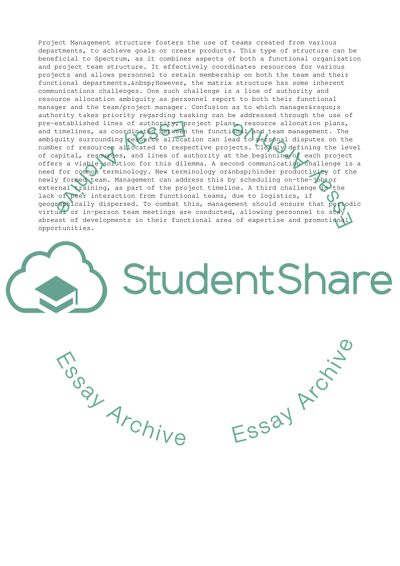Cite this document
(“Organizational Structure of Spectrum Brand, Inc Research Paper”, n.d.)
Organizational Structure of Spectrum Brand, Inc Research Paper. Retrieved from https://studentshare.org/business/1562794-business
Organizational Structure of Spectrum Brand, Inc Research Paper. Retrieved from https://studentshare.org/business/1562794-business
(Organizational Structure of Spectrum Brand, Inc Research Paper)
Organizational Structure of Spectrum Brand, Inc Research Paper. https://studentshare.org/business/1562794-business.
Organizational Structure of Spectrum Brand, Inc Research Paper. https://studentshare.org/business/1562794-business.
“Organizational Structure of Spectrum Brand, Inc Research Paper”, n.d. https://studentshare.org/business/1562794-business.


